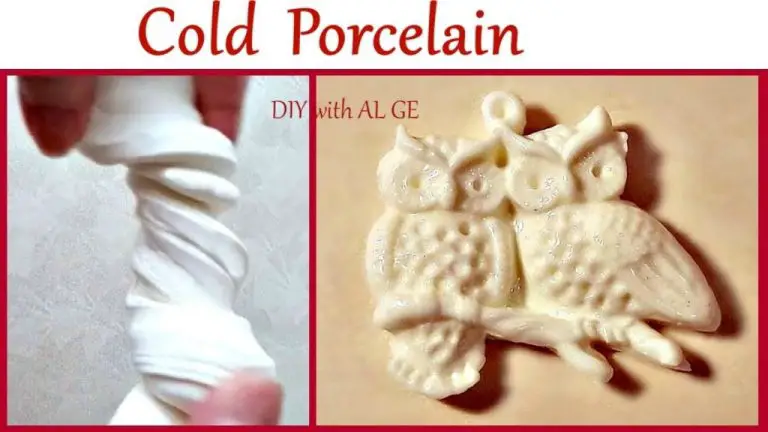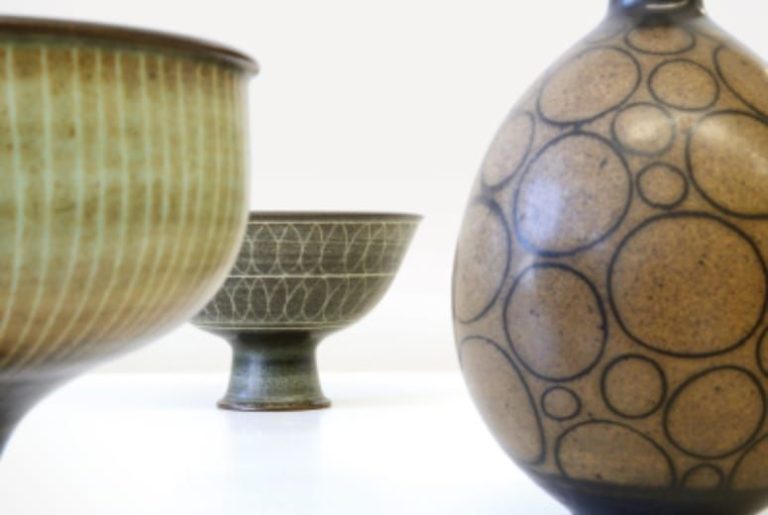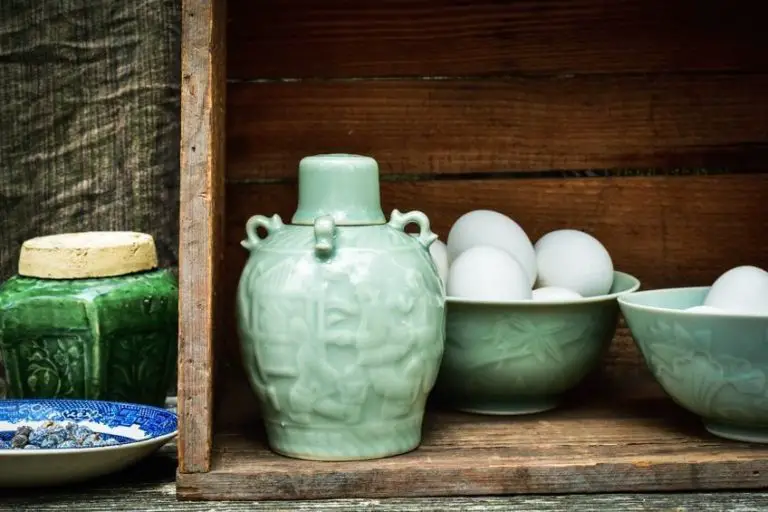What Is Mayco Glazes?
Mayco Colors is a leading producer of ceramics glazes, founded in 1954 in Streetsboro, Ohio (https://www.maycocolors.com/about-us/). For over 65 years, they have been creating high-quality glazes, colors, tools and accessories for ceramic artists and crafters of all levels (https://www.maycocolors.com/).
Mayco offers a wide range of glaze products including their popular Satin and Gloss glazes, Celadon glazes, Crystal glazes, and more. Their glazes are specially formulated to work well on stoneware, porcelain, earthenware, and raku.
Mayco glazes are very popular among ceramic artists because they are extremely reliable and consistent. Their products are designed to be easy to use while still allowing artists to achieve beautiful effects. The company continually develops new glaze lines and colors based on the latest trends.
Types of Mayco Glazes
Mayco offers several different types of glazes for various techniques and effects:
Gloss Glazes – These are shiny, transparent glazes that bring out the color and texture of the clay body underneath. They come in a wide range of colors from bright primaries to earth tones.
Satin Glazes – Satin glazes have a subtle sheen and soft matte finish. They provide an elegant, smooth texture and muted color effect.
Matte Glazes – Completely matte, these glazes have no glossy shine. They showcase the clay’s natural texture and absorb light for a soft, velvety look.
Textured Glazes – Textured glazes like Stroke & Coat, Crackle, and Sand textures add visual interest to surfaces with their built-in patterns and roughness.
Specialty Glazes – This category includes metallic, iridescent, and translucent glazes that create dazzling optical effects on ceramic pieces.
The main differences between glaze types come down to the finish and aesthetic effect. Glossy glazes emphasize color while mattes showcase texture. Specialty glazes add unique decorative dimensions like a metallic sheen or cracked pattern.
Glazes also vary in their application method – some are formulated for dipping, others for brushing or spraying onto the clay surface.
Popular Mayco Glaze Lines
Mayco offers a wide variety of glaze lines to suit any ceramic artist’s needs. Some of their most popular glaze collections include Streamline, Stroke & Coat, and their Classic Series.
The Streamline glazes are extremely popular for their smooth, vibrant colors and ease of application. They can be used on any type of clay body and fire to a glossy finish. Some standouts in the Streamline line include Lapis Luster, a rich blue with micro crystals; Stroke & Coat, a bright tangerine orange; and Honeysuckle, a warm golden yellow.
Another top seller is Mayco’s Stroke & Coat line, known for its soft, satin-matte finishes and slightly textured appearance. Stroke & Coat glazes handle and apply wonderfully, and are formulated to craze minimally. Glazes like Cotton White and Galaxy Blue are staples of this collection.
Mayco also offers many tried-and-true classic glazes loved by ceramicists. Their Cofee Bean glaze provides a glossy, streaky brown finish. Sky Blue is known for its smooth semi-gloss turquoise color. And Snowcone, buttery yellow in color, melts beautifully in the kiln.
Mayco Glaze Ingredients
Glazes are made up of 3 main ingredients – clay, flux, and silica. The clay acts as a binder, while the flux lowers the melting temperature and the silica provides the glassy texture.1 Mayco glazes contain various combinations of these ingredients to achieve different effects.
Common flux materials in Mayco glazes include feldspar, dolomite, calcium carbonate, and zinc oxide. These help the glaze melt and flow smoothly at kiln temperatures. Silica sources include flint, silica sand, or alumina hydrate. These provide the glassy transparent quality. Kaolin clay is the main clay ingredient as a binder and suspender for the glaze ingredients.2
In addition to the main ingredients, Mayco glazes contain various metal oxides that act as colorants or opacifiers. These include cobalt oxide, copper carbonate, iron oxide, chromium oxide, and titanium dioxide. Small amounts of these oxides produce vibrant colors and effects.
Some Mayco glazes also contain stains made from high concentrations of certain metal oxides. These stains introduce more intense colors like turquoise, purple and teal when layered under or mixed with a clear glaze.
Working with Mayco Glazes
Mayco glazes are designed to be easy to use for beginners while still providing versatility for more advanced ceramic artists. Here are some tips for getting the best results when working with Mayco glazes:
When mixing glazes, follow the instructions on the label or product information sheet. Mayco glazes are concentrated and need to be mixed with water prior to application. Use clean tools and containers to prevent contamination. Mix thoroughly until the glaze is smooth and uniform.
Mayco glazes can be applied using a variety of techniques including dipping, pouring, brushing, and spraying. For an even coat, dip pieces vertically and drain off any excess. Pouring works well for the inside of pieces. Use soft bristle brushes and maintain a consistent stroke pattern. Spraying requires specific equipment but creates a very smooth finish.
Allow glazed pieces to dry completely before firing. Firing schedules vary so refer to the product label or data sheet for recommended temperatures, hold times, and ramp speeds. Kilns should be ventilated properly. Cool kiln-fired pieces gradually before handling.
Certain Mayco glazes are designed to be used in combination with each other to achieve special effects like crawling or breaking. Specific layering instructions are provided for these combination glazes. Always test new glaze combinations on test tiles before applying to finished pieces.1
With some basic knowledge and experimentation, Mayco glazes can produce stunning results. Their quality and reliability make them a go-to brand for diverse ceramic applications.
Achieving Different Effects
Mayco glazes can produce a variety of decorative effects to make your ceramic pieces unique. Here are some of the effects that can be achieved:
Cracking effects: Some Mayco glazes like Jon the Potter Stoneware Mudcrack are specifically designed to create cracking patterns during the firing process. Cracking happens when the glaze and clay body have different rates of expansion. Mudcrack glazes take advantage of this to intentionally form craze lines.
Crystallization effects: Glazes with high amounts of zinc like Mayco Celadon Bloom Stoneware will create crystalline effects during firing. The zinc forms branching crystal patterns as the glaze melts. Crystalline glazes result in a shimmery or frosted finished surface.
Color effects: Layering or blending different colored glazes is a creative way to achieve new colors and patterns. For example, apply a coat of one glaze color, then add splashes or drips of a contrasting color. Thecolors will blend and react during firing to produce interesting effects.
Textured effects: Use textured glazes like Mayco’s Magma or Textured Stoneware glazes to create a bumpy, raised texture. The rough surface catches light differently than smooth glazes. Or, impress textures into wet glazes before firing using tools, stamps, or fabric.
Specialty effects: Try Mayco glaze products like Lava Gel, Glaze Essences and Spectrum stains which are designed to produce effects like lava flows, blooms, andmottling. Get creative combining products and techniques for truly unique finishes.
Safety Precautions When Using Mayco Glazes
When working with any ceramic glaze, it’s important to take safety precautions. Mayco glazes contain silica, which can cause lung damage if inhaled over time. To mitigate this risk, work in a well-ventilated area and wear a NIOSH-approved respirator mask while mixing dry glaze ingredients.
Some Mayco glazes also contain substances like copper, cobalt, and chrome, which are toxic. Avoid ingesting glazes by washing your hands after use and keeping food and drink out of the studio. Wear gloves and goggles when handling concentrated glaze chemicals.
Fired glazes may contain lead, which is harmful if leached into food or drink. Do not use Mayco glazed pottery for food use unless the specific glaze has been lab-tested and verified safe. Allow adequate time for glazed pieces to cool after firing before handling.
When cleaning up spilled dry glaze, avoid sweeping to prevent dust inhalation. Wipe up spills with a damp sponge or rag instead. Be sure studio materials like aprons and towels don’t transfer glaze dust outside the workspace.
Always check glaze labels and heed any warnings. Follow kiln safety procedures, and never exceed the recommended firing temperature. Taking basic precautions allows crafters to safely enjoy the creative process.
Troubleshooting Issues
Using Mayco glazes can sometimes result in undesirable effects like crawling, pinholing, blistering, and excessive texture. Here are some of the common issues and potential solutions when working with Mayco glazes:
Crawling – This happens when the glaze recoils away from areas of the bisque during firing. Causes can include – dirty bisqueware, excessive brushing, incompatible glazes, firing too fast, and insufficient glaze thickness. Solutions include – ensuring bisqueware is free of contaminants, applying fewer coats, testing glaze compatibility, slowing ramp rates, and building adequate glaze thickness.
Pinholing – Tiny unglazed pits forming on glaze surface. Causes include – impurities on ware, trapped air bubbles, low clay temperature, and insufficient glaze thickness. Fixes involve – cleaning bisque thoroughly, mixing glazes well, raising clay maturity, and applying adequate glaze coats.
Blistering – Bubbles forming and bursting in glaze, leaving craters. Due to causes like – low bisque temperature, high firing speed, clay/glaze incompatibility, and glaze applied too thick. Improved by – bisque firing higher, slowing firing, testing compatibility, and thinning glaze application.
Excessive texture – Glaze appears rough, pebbly, or bubbly. Can result from – low firing temperature, thick application, high alumina clay, or certain glaze ingredients. Managed by – increasing temperature, thinning glaze, switching clay body, and adjusting glaze recipe.
Always test glazes thoroughly on test tiles before committing to finished pieces. Check firing schedules and glaze fit for the clay body used. When troubleshooting issues, change one variable at a time to isolate the cause. Refer to Mayco’s technical resources like this guide for additional tips.
Notable Mayco Artists
Mayco glazes have been used by many talented ceramic artists over the years. Here are two artists well known for incorporating Mayco products into their work:
Donna Polseno is an award-winning ceramic artist based in Florida. She is known for her realistic animal sculptures glazed in vibrant Mayco colors like Greens and Blues Peacock and Neon Underglazes. Her meticulously sculpted works have won numerous honors at art shows across the country. View her colorful menagerie of animal creations on her website: https://www.donnapolseno.com/
Another Mayco glaze devotee is Lisa Naples, whose ceramic tiles exhibit the saturated, glossy colors made possible by Mayco glazes. Naples experiments with mixing glazes like Turquoise and Manganese Blue to achieve mesmerizing depth and pattern in her tile work. See examples of her tile artistry on her Instagram page: https://www.instagram.com/lknaplesceramics/
Both Polseno and Naples exemplify the creativity and craftsmanship possible when talented ceramicists utilize the high-quality glazes produced by Mayco.
Conclusion
Mayco glazes have become one of the most popular and widely-used glazes among ceramic artists and hobbyists for several reasons. They offer a wide range of colors and finishes across different lines like their Stroke & Coat, Jungle Gems, and Satin Glazes. Their glaze recipes allow beginners and experts alike to achieve beautiful results with vibrant colors and glossy finishes. Key factors leading to Mayco’s reputation include their high quality control standards, affordability, and the ability to mix and layer colors easily. Their stoneware glazes in particular are known for their bright opacity and versatility for all-over coverage or detailed designs. After over 60 years, Mayco has built a reliable brand and extensive palette to enhance clay artistry.




